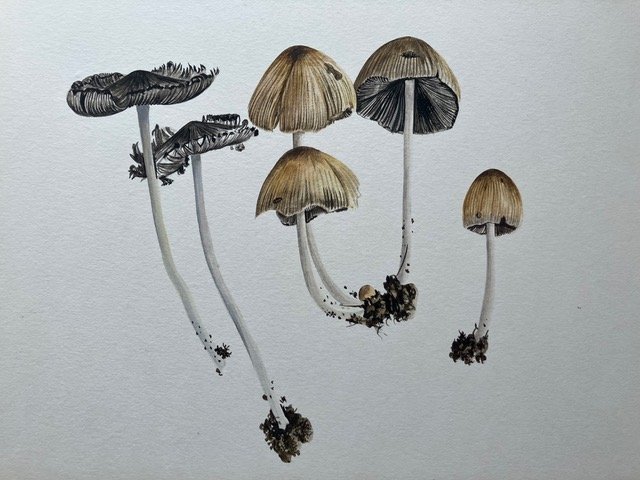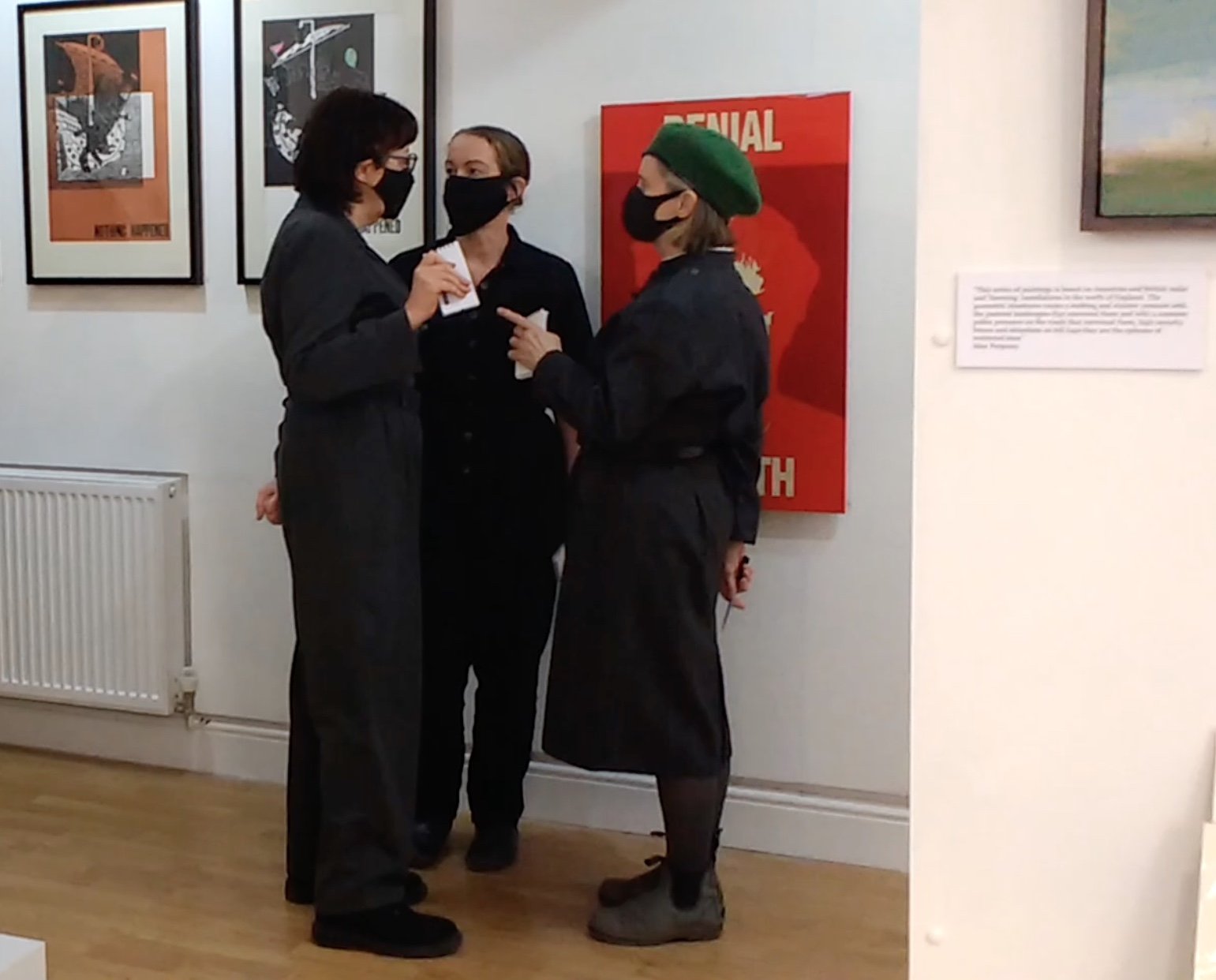Scenes from Gaz4 continue to overwhelm and take a chokehold, even at this safe distance. The dissonance of attending to our own immediate life situations whilst the worst possible treatment of humans is happening on the hour is numbing.
Did you see the girl buried high up, under rubble, on the very edge of the building she was sheltering in? (no, I'm not ready for Christmas) Did you see the father leading an ambulance to save his only son to be fired at by Isr4eli bullets? (no, I don't know about celebrities in the jungle) Did you see the delivery of sugar, which on opening had been replaced with sand? (no, I haven't got my tree up) Did you see the children under the blanket, although they were not sleeping (no, no, no,no) on repeat, on repeat, on repeat
I'm so grateful to everyone who has created and donated artwork from all over the world to make FAULTLINE:GAZA355 a mode of solidarity and protest - a visual collection of voices standing with P4lestine, and for that vision to be taken on by a gallery and realised in a democratic space.
I was overjoyed to receive this feedback from one of the artists, on attending the private view, encapsulating exactly what I'd wished to curate, but written more beautifully than I could have hoped for:
// There was something very special about the power of standing together in a tiny space, each postcard a minuscule pinprick of light, collectively refusing to be enveloped by the gargantuan darkness //
{thank you Heidi @poptypress}
If you would like to stand with us, and help to raise £5k for @thesameerproject + @palestineredcrescent, it's not too late to send art work. The initial deadline was for the opening of the exhibition, but as work sells we are replacing the art and the project evolves. Please message for further details.
Thank you // Diolch





























































